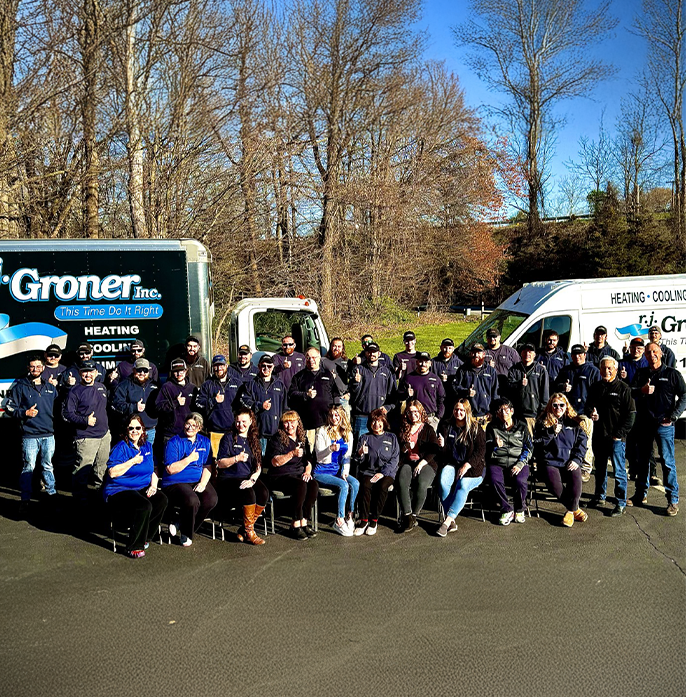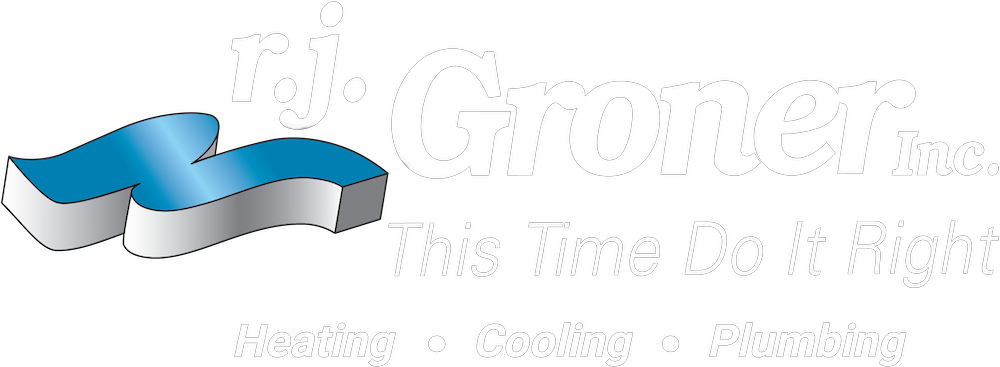Choosing a new HVAC system for your home is an opportunity to enhance your quality of life in the here and now, as well as an investment in the future. It’s also a time to shop carefully and make informed buying decisions. Today’s new central air conditioners can be expected to last about 15 years and a new gas furnace may exceed a 20-year life span. Whatever choices you make now, you’ll be living with the consequences for quite some time if you keep the house. To make certain you get your money’s worth and enjoy improved cooling/heating comfort, here are some factors to consider:
How Long Do You Plan To Stay In Your Home?
A new HVAC system—two years old or less—adds value to your home if you’re planning to sell within that time frame. If you’re staying for the long-term, however, investing in a high-efficiency system allows you to benefit from lower monthly energy costs year after year, eventually paying for the unit.
Do You Want To Cool/Heat The Whole House?
If you need only to condition a single room, a ductless mini-split utilizes a downsized heat pump and doesn’t require expensive installation of ductwork. Mini-splits add powerful, energy-efficient cooling and heating to one room.
Have You Considered Hybrid Heating?
While a traditional gas-fired furnace uses natural gas and a heat pump uses electricity, a hybrid heating system combines the two methods. This option can provide the lowest-cost heating method based on the outdoor temperature at any given time.
Do You Know About HVAC Efficiency Ratings?
Air conditioning efficiency is expressed by a unit’s SEER (Seasonal Energy Efficiency Ratio) rating, prominently displayed on a new unit’s yellow Energy Guide sticker. Presently, the federal mandated minimum SEER rating is 14. However, higher-efficiency air conditioners with SEER ratings above 20 are available. Energy savings from high-efficiency units will compensate for steeper initial purchase price over a period of long-term ownership. Gas furnace efficiency is expressed by the AFUE (Annual Fuel Utilization Efficiency) rating. The federal minimum AFUE today for standard single-stage furnaces is 78%. However, the more costly two-stage furnaces that recapture spare heat today offer energy efficiency as high as AFUE 97%.
What About The Fan?
The old-school, single-speed blower fan connected to your existing HVAC system consumes lots of electricity, generates excessive noise and causes household temperature swings as it repeatedly switches on and off. New variable-speed blowers incorporate ECM (electronically commutated motor) technology to operate across a range of variable speeds, instead of cycling on and off. Upgrading the fan along with the A/C and furnace provides very consistent temperature control, nearly silent operation and can reduce blower electricity consumption by as much as 65%.
Are You Interested In More Ventilation?
Heat recovery ventilation (HRV) systems induct filtered outdoor air while exhausting an equal volume of stale indoor air. This continuous balanced air flow keeps the indoor environment fresher and more comfortable. A heat exchanger incorporated in the central HRV unit prevents household heat loss during winter and unwanted heat gain in summer.
Have You Asked About A Service Agreement?
Annual preventive maintenance by a qualified professional contractor ensures the enhanced energy efficiency, low operating costs and long service life you expect from a new HVAC system. It’s also required by terms of most manufacturer’s warranties. An affordable service plan makes annual maintenance automatic and covers many other incidental service costs, as well as discounts on parts and labor.
Contact Us Today!
For more about the important factors involved in choosing a new HVAC system, contact the heating and cooling professionals at R.J. Groner Inc., based in Stroudsburg, PA. You can reach us by phone at (570) 421-7260.
Services We Offer Include:





